Vial of IGF-1 LR3 (1mg) from Fastmuscle brand
$372.000
Potential Benefits of IGF-1 LR3
Increased Muscle Growth:
Promotes Hyperplasia: Unlike other agents that only increase the size of muscle cells (hypertrophy), IGF-1 LR3 may support the formation of new muscle cells (hyperplasia), which can lead to a more significant increase in muscle mass over the long term.
Improves Protein Synthesis: IGF-1 LR3 may increase protein synthesis in muscle cells, which contributes to the growth and repair of muscle tissue.
Accelerates Recovery: Helps reduce recovery time between intense workouts by accelerating the repair of damaged tissue and cell regeneration.
Reduces Muscle Fatigue: May decrease muscle fatigue and soreness post-workout, allowing for more frequent and intense workouts.
Increased Endurance: By improving recovery and reducing fatigue, IGF-1 LR3 may allow athletes to sustain a higher level of exertion for prolonged periods.
Improved Strength: Increased muscle mass and improved recovery contribute to increased physical strength.
Reduction in Body Fat: Some users report a decrease in body fat due to the anabolic action of IGF-1 LR3, although this effect may vary.
Stimulation of Bone Growth:
Bone Strengthening: IGF-1 LR3 may stimulate bone growth and density, which is beneficial for bone health and may help prevent injury.
Mechanism of Action
IGF-1 LR3 acts on IGF-1 receptors in muscle cells and other tissues, promoting the activation of signaling pathways that stimulate cell proliferation, protein synthesis, and tissue repair. Its chemical modification (Long R3) allows it to have a longer half-life and greater stability than regular IGF-1, which increases its effectiveness.
MEDICAL USES
IGF-1 is used to treat those who are deficient in this hormone and/or those who do not respond well to HGH. These individuals may have sufficient HGH in their system but are not benefiting from it, so IGF-1 is added to provide an extra boost. IGF-1 supplementation for this purpose is approved by the FDA. IGF-1 stands for insulin-like growth factor 1 and is a polypeptide hormone belonging to the GH (growth hormone) class. Humans naturally produce it primarily in the liver and in small amounts in peripheral tissues. However, some people are deficient in IGF-1 production and therefore require a synthetic version of IGF-1. Interestingly, this hormone is extremely anabolic and shares its name with insulin because it is similar in structure (specifically, it carries the same amount of amino acids), hence its popularity among athletes.
HOW IT WORKS
IGF-1 works by stimulating cell growth in both new and existing tissue. As mentioned above, this hormone is released in the liver and works by binding to IGF receptors within the body’s cells. This effect can be very beneficial for athletes because it will provide an anabolic environment, increase nitrogen retention, and boost protein synthesis. Furthermore, there is evidence that IGF-1 will not only grow existing muscle cells but will also promote the development of new muscle cells.
BENEFITS
In addition to what we’ve discussed above, IGF-1 has some incredible properties that can be leveraged. For example, it has been shown to help a person learn new skills, as it promotes the growth of new motor neurons in the brain. Additionally, it can also help repair cartilage, improve collagen formation, and even help bones heal and grow. This means that older athletes can benefit greatly from its recovery properties and prevent/heal long-term injuries. Therefore, IGF-1 is the ultimate fountain of youth.
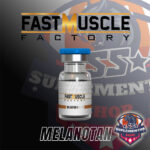
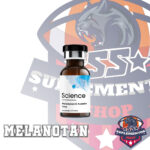

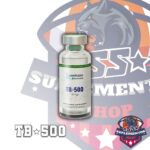
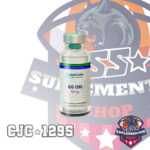
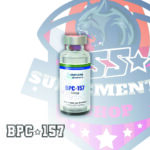
Testimonios
Preguntas frecuentes
Si, podemos desplazarnos hasta tu domicilio. En este caso te indicaremos el costo adicional y que podamos agendar la asesoría profesional.
Claro que si, te aconsejamos que por favor nos avises con tiempo para poder organizar la logística previamente y que podamos realizar este entrenamiento con éxito.
Claro que si puedes, es necesario tener disponibilidad de tiempo y agendar la cita previamente para que se pueda tener el tiempo suficiente y realizar de forma completa la prestación del servicio solicitado.
Por supuesto, nosotros al finalizar el servicio de asesoría te indicaremos los productos que deberás consumir los cuales son aptos para tu cuerpo y te podemos realizar la venta adicional de estos mismo si así tu lo deseas!
Te invitamos a solicitar asesoría a través de nuestra línea de whatsapp y así nosotros podremos indicarte el costo del envío o si cubre la cobertura para envío gratuito.
Claro que si, puedes preguntarnos con mucho gusto a través de nuestra línea de asesoría y así podremos darte toda la información para que seamos tus principales proveedores.
El pedido se entregará en un tiempo no máximo de 24 horas, dentro de la ciudad trabajaremos para que se entregue de la forma más inmediata posible!
contamos con productos los cuales están en descuento promocional, puedes revisar a través de nuestra TIENDA
Contactanos
Estaremos pendientes de tu solicitud, te brindaremos atención personalizada y ofertas especiales, aprovecha ahora y recibe un obsequio especial en tus compras!
Contactate ahora y resulve las dudas que tengas.
Escríbenos al correo [email protected]
Demuestra tu fuerza
Recibe tu pedido de forma responsable y sin costo, adicionalmente recibirás un obsequio por tu compra, aprovecha ahora!
lunes – Viernes
10.00AM – 05.00PM
Sabados – Domingos
10.00AM – 01.00PM
Copyright © 2022 Elitecnology

WhatsApp us
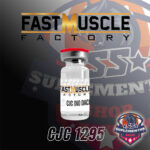
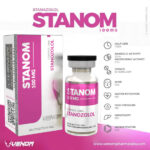

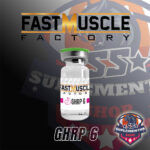
Valoraciones
No hay valoraciones aún.